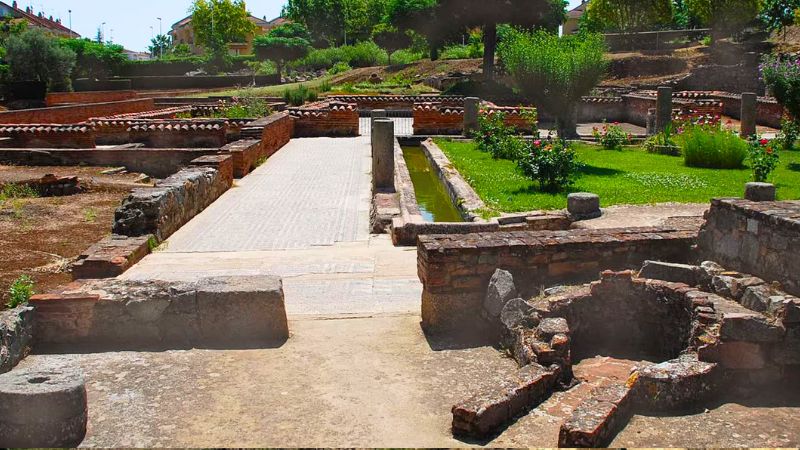
Merida is one of Spain’s most important archaeological treasures. Among its many historical sites, the Amphitheater House stands out as a window into the past that allows us to understand what daily life was like in Roman Merida.
Historical context
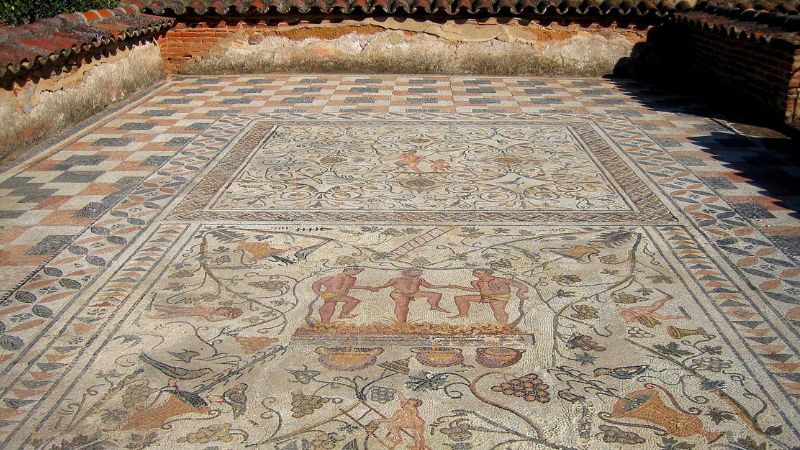
The Amphitheater House dates back to the first century A.D. and remained in use until the third century. Subsequently, in the 4th century, the space was used as a necropolis.
This archaeological monument is located outside the original walls of Augusta Emerita, in an area that combined housing, industrial and funerary spaces.
Upon accessing the site, one can see rests of the hydraulic system of San Lazaro, suggesting the complexity of the urban infrastructure of the time.
Design and features
Domestic Architecture
The House of the Amphitheater is especially famous for its trapezoidal porticoed courtyard.
This space, which had a central garden, a well and a fountain, used to be the heart of the dwelling. The rooms surrounding this courtyard show the richness and diversity of Roman culture.
Mosaics: An Art on the Ground
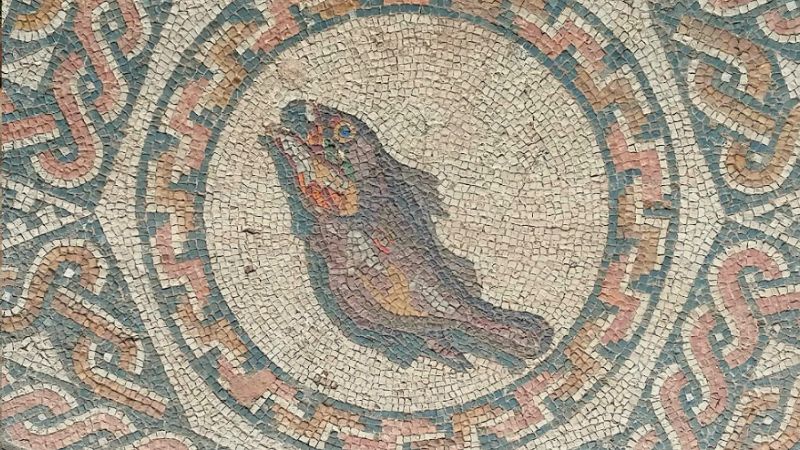
One of the most outstanding features are the intricate mosaics that adorn the floors of several rooms.
In one of the mosaics, scenes of the grape harvest and grape treading are depicted, with the goddess Venus accompanied by an Amor. Another mosaic floor illustrates a diversity of marine fauna.
These artistic representations are a testimony of the skill and creativity of Roman artists.
Kitchen and Thermal Baths
The kitchen and hot springs area of the house offers a unique insight into the daily customs and well-being of the former inhabitants.
The design and layout of these areas speak to us of a culture that valued both gastronomy and hygiene.
The Mausoleum of Gaius Julius Succesianus
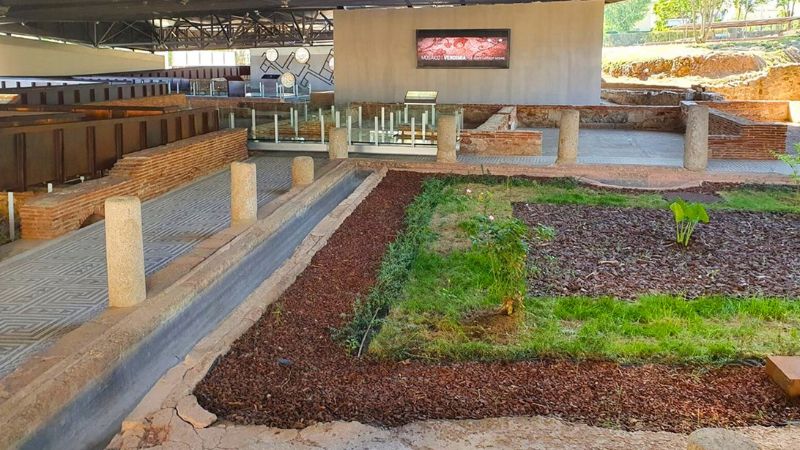
Near the house, there are the remains of a mausoleum from the second century, which was modified in the following century. This mausoleum houses a lintel that represents in a humanized way the two rivers that flank the city: the Guadiana and the Albarregas.
Cultural and tourist importance
The Amphitheater House is more than an archaeological site; it is a monument that offers a complete and diverse view of life in Roman Merida.
Its proximity to other historical sites such as the Roman Theater and the Amphitheater makes the visit even more attractive.
Rates and Schedules
For those interested in visiting, individual tickets range between 3 and 6 euros, depending on the age and status of the visitor. In addition, there are options to purchase tickets for monumental ensembles at special prices. The site is open to the public from Monday to Sunday, from 9:00 to 18:30.
More of Merida’s historical heritage
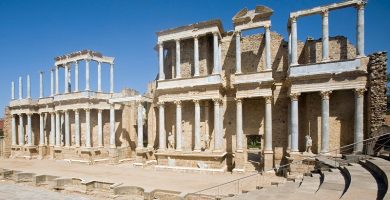
Roman Theater of Merida
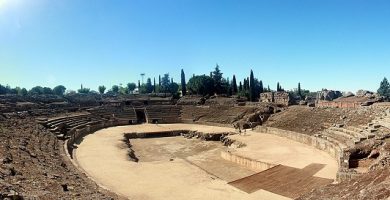
Mérida Roman Amphitheater
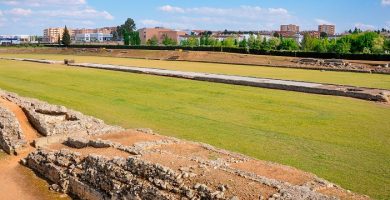
Roman Circus of Merida
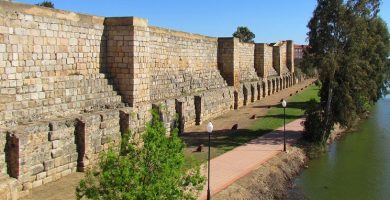
Moorish Alcazaba of Merida

Roman Bridge of Merida over the Guadiana river

Co-cathedral of Santa María la Mayor of Mérida

Los Milagros de Merida Aqueduct
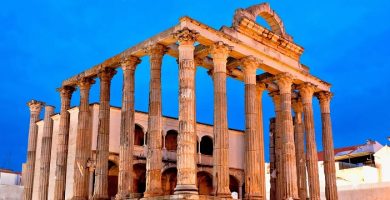
Roman Temple of Diana in Mérida
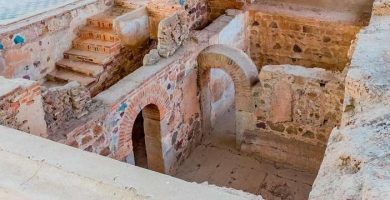
Casa del Mitreo House in Mérida
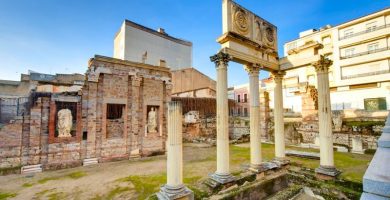
Portico of Merida’s Municipal Forum
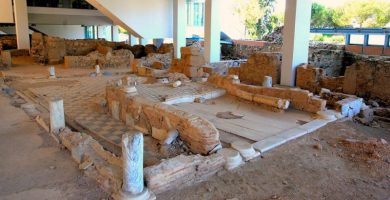
Morería de Mérida Archaeological Site
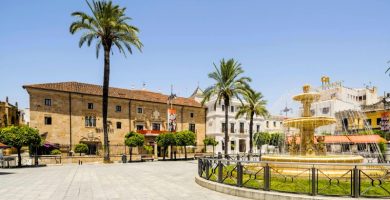
Plaza de España in Mérida
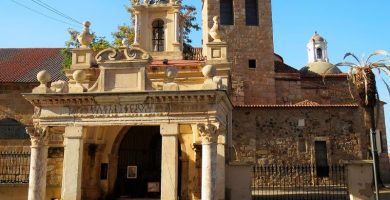
Basilica of Santa Eulalia in Mérida
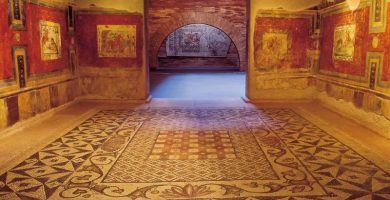
National Museum of Roman Art of Mérida
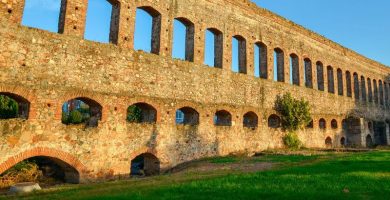
San Lázaro Aqueduct in Mérida
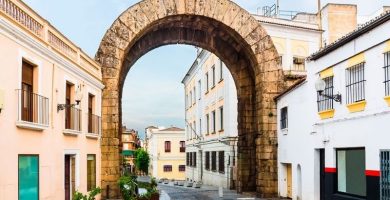
Trajan’s Arch of Mérida
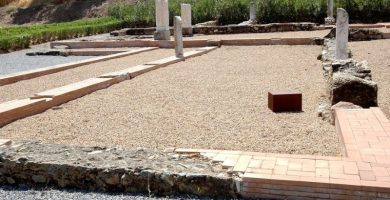
Mérida’s Xenodoquium

Roman Bridge over the Albarregas
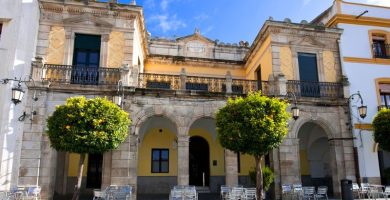
Círculo Emeritense in Mérida
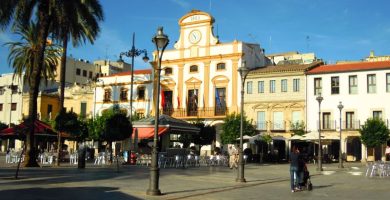
Mérida City Hall
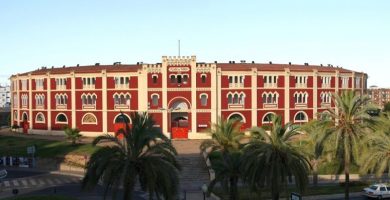
Bullring of Mérida
